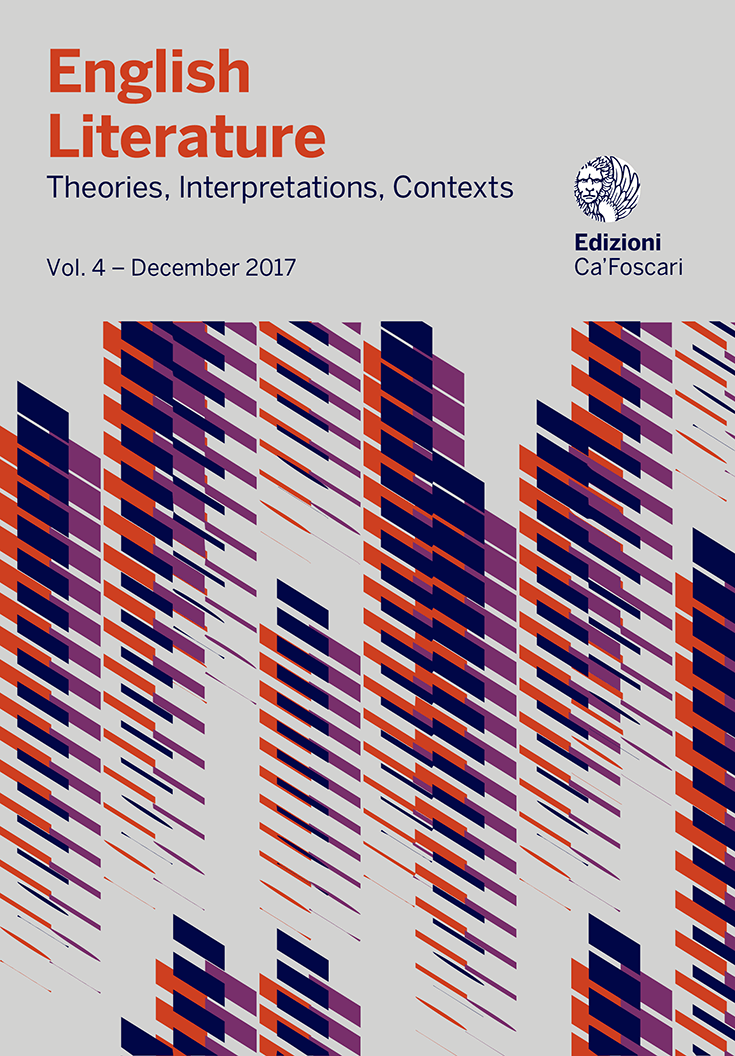
- search 228 views
- file_download 10 download
- How to cite
- keyboard_capslock metadata
-
mark_email_readIscriviti alla newsletter
Aesthetic Cognition
Feeling the Emotions of Others
abstract
How did eighteenth-century British authors encounter, and respond to, this question: are we able to feel the emotions of other people? How did the dominance of empirical epistemology shape their responses? During this period, the ideas of the aesthetic, and then realism, were developed on the explicit model of scientific or experimental knowledge by Dryden, Addison, Fielding, and Johnson. The key to this analogy was the notion that both kinds of knowledge are virtual products of mental operations that abstract from the actual sense impressions that are, for empiricism, the foundation of all knowledge. The major difference between the scientific understanding and the aesthetic and realist imagination lies in the degree of distance each takes from the senses. The distance taken by the imagination is comparatively moderate, as can be seen in the fact that the virtual images that are its product still reflect the appearance of the actual nature from which they are abstracted. The distance taken by scientific understanding is far greater, producing not recognisable images of nature but fully abstracted concepts or numbers. Our knowledge of what other people feel comes not from any sensible connection we have to them, but from our imagination of what we might feel were we in the same circumstances as they are. This is especially evident in the response we have to artistic representations of others. But our imaginations mediate between us and others in all knowledge we have of the mental states of others; and although concepts are not produced by this knowledge, it is nonetheless a cognitive operation.
Keywords: Imagination • Cognition • Understanding • Virtual • Actual